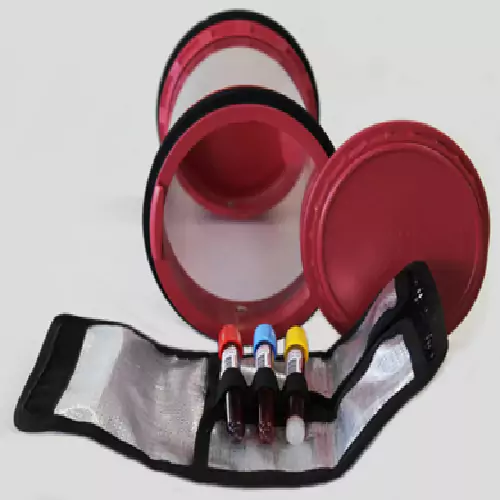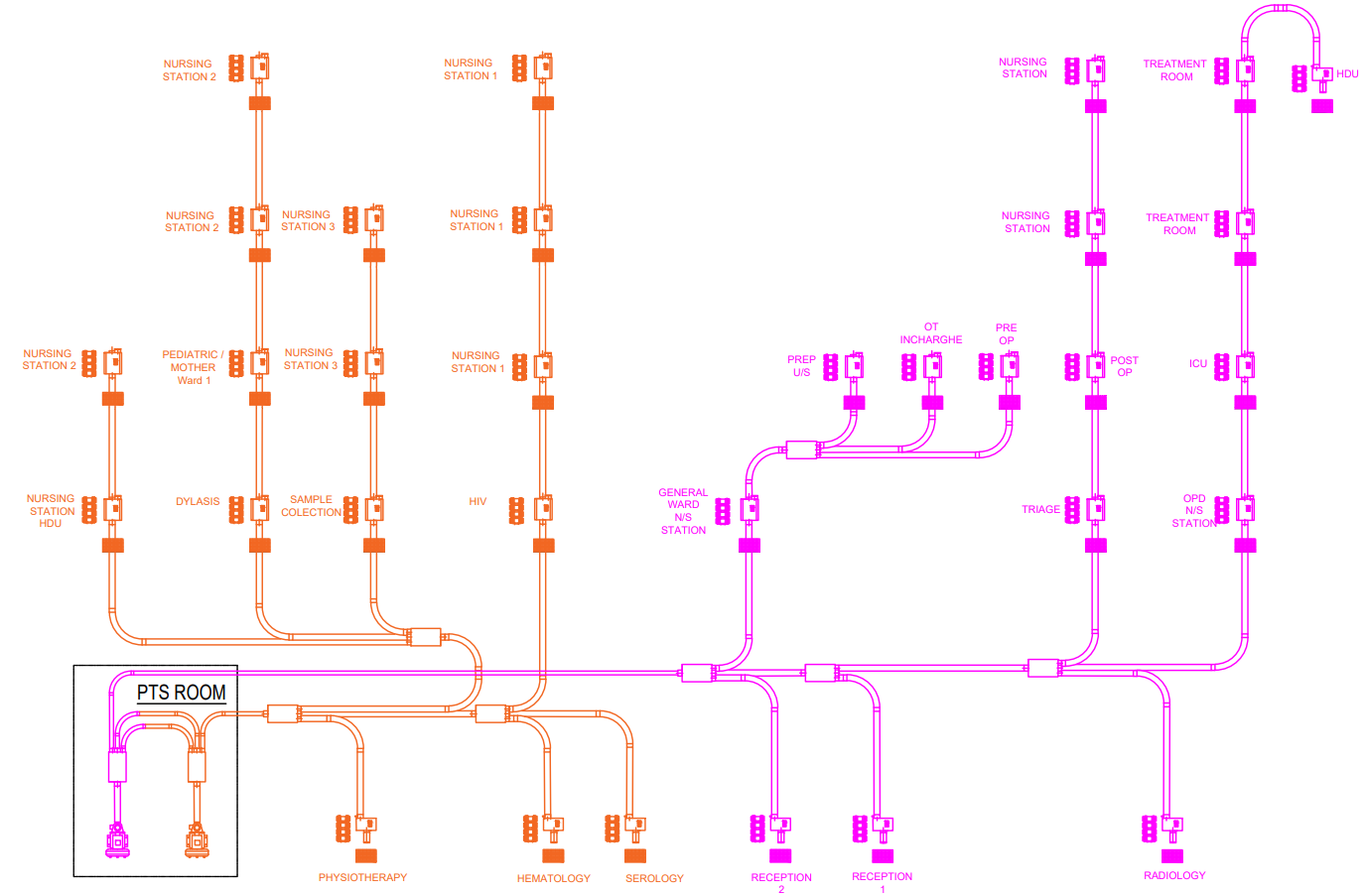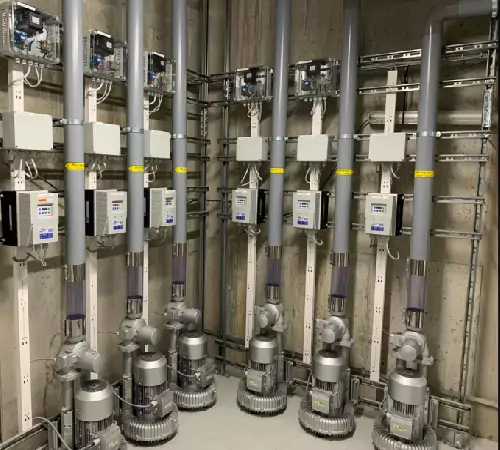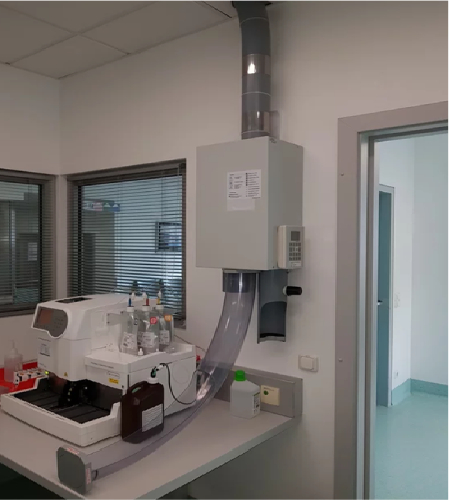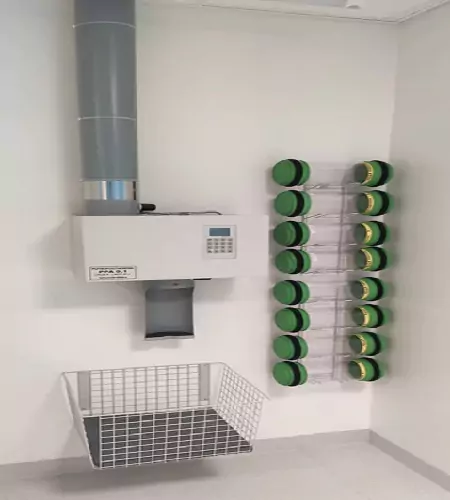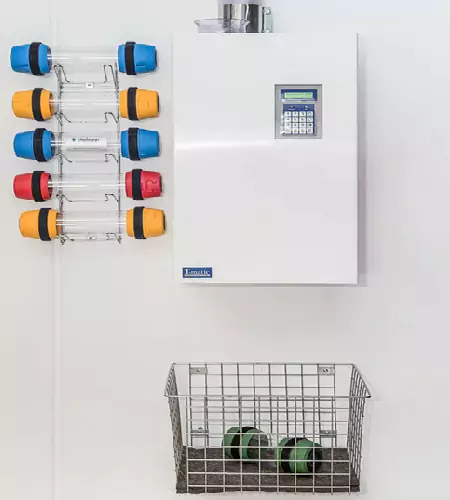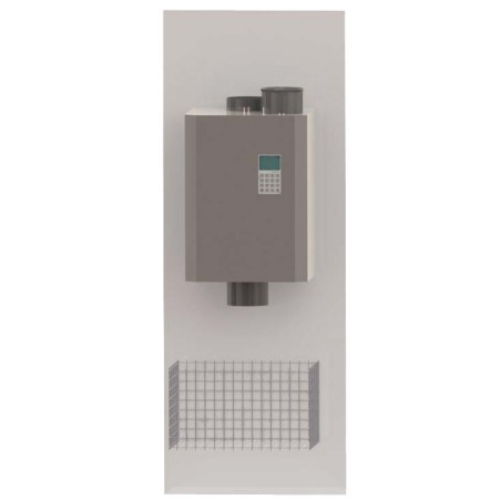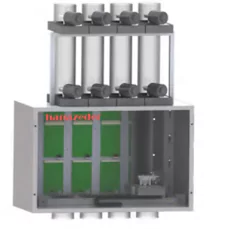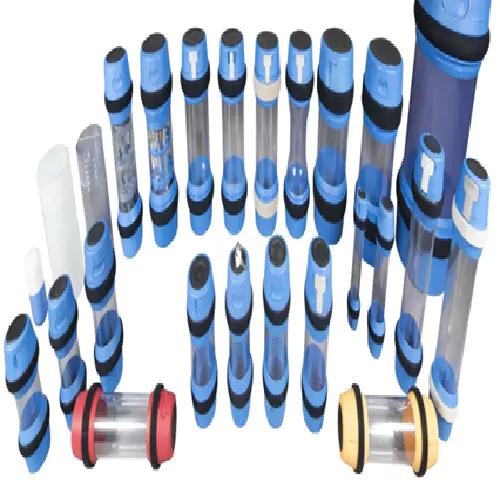Pneumatic Tube System
Pneumatic tubes or capsule pipelines, also known as Pneumatic Tube Transport or PTT) are systems that propel tubes by compressed air or partial vacuum. Unlike conventional pipelines, which transport fluids, they are used for transporting solid objects.Today, Window Techs is a dominant influence in healthcare innovation and services by working with HANAZADER, an Austrian company with over 30 years of experience with major hospital pneumatic tube systems.
The safe seal carrier establishes new standards with its incredibly user-friendly opening, leak resistance, and potential application in automatic loading and unloading systems. Hospital staff’s demands for quicker and easier manual handling of their carrier had greatly impacted the designs of pneumatic tube systems.HISTORY
- Invented by William Murdoch in 1836.
- The Victorians were the first to use capsule pipelines to transmit telegraph message,or telegrams, to nearby buildings from telegraph stations.
- commonly used for small parcels and documents including as cash carriers at banks or supermarkets..
- might be used to transport people.
- In the United States, drive-up banks often use pneumatic tubes to transport cash and documents between cars and tellers.
- Most hospitals have a computer-controlled pneumatic tube system to deliver drug documents and specimens to and from laboratories and nurses’ stations.
- Many factories use them to deliver parts quickly across large campuses.
- Many larger stores use systems to securely transport excess cash from checkout stands to back offices, and to send change back to cashiers.
- NASA’s original Mission Control Center had pneumatic tubes connecting controller consoles with staff support rooms.
GENERAL
The base of each system is a blower which provides the required positive or negative pressure. The power should be matched to the load weight, the route length and the track height. Via diverters, the tube is split into multiple strands, which lead to separate stations. In any system, there is a central controller, which converts the data from Ethernet to CAN bus; it transmits the data from the PC to the devices. This is responsible for the control of the individual line. Carriers are sent and received from the stations. Our PipeControl software calculates the shortest route to their destination. For all the systems, this software is the same, thus allowing an initially small system to extend to a complex system easily. Each system needs a so-called free-run station at which it is possible to eject several carriers, Endstations or DiverterEndstation are frequently used for this purpose.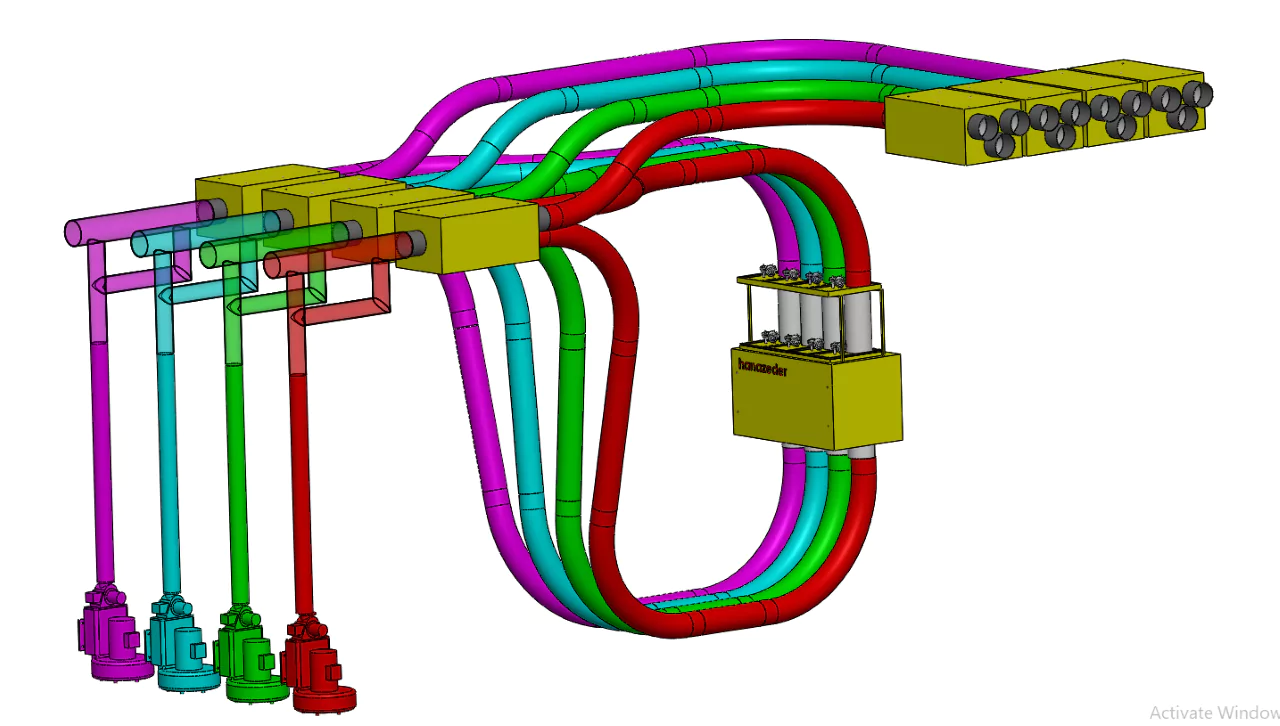
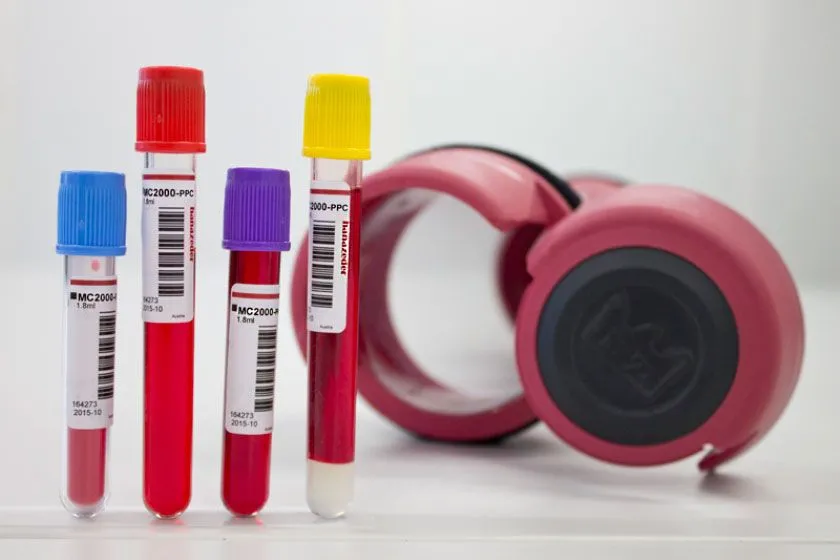
Laboratory Samples
To ensure high-quality laboratory samples, the samples must be transported in stable conditions and brought quickly to the lab. Adding modern individual control to the mix provides a gentle delivery of the pneumatic tube capsules, guaranteeing quality.
Moreover, the valuable time of qualified personnel is spared, since the samples do not need to be transported to the laboratory by hand.
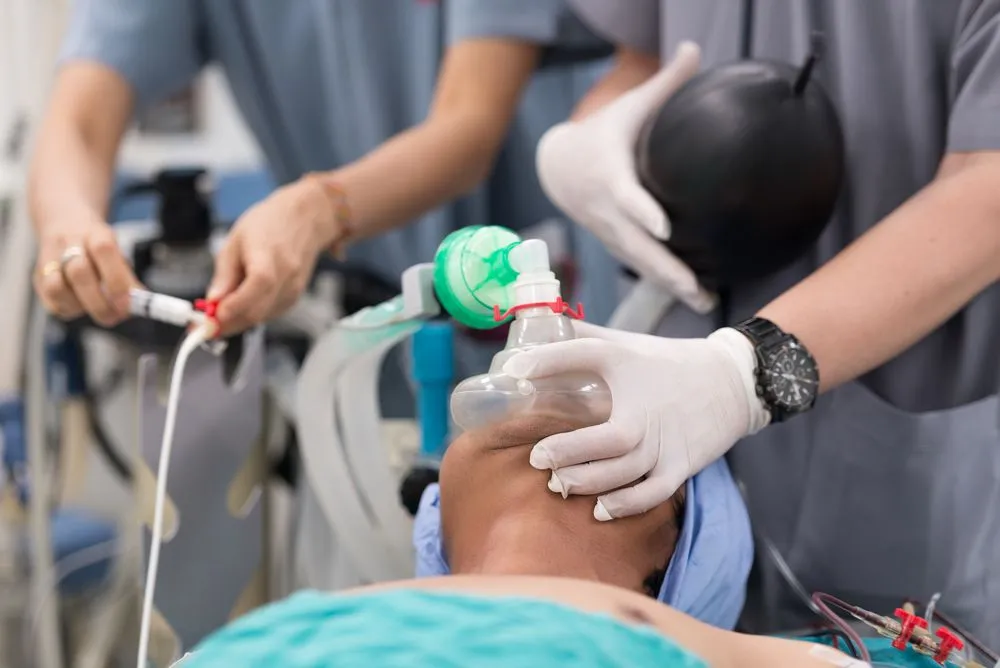
Emergency Transportation
When every second counts, capsules must arrive on site quickly and securely. Therefore, emergency transport is prioritized throughout the system, and all associated transport data is stored in the software. A unique monitoring system informs the sender and receiver of the shipment status. Shipments can also be tracked in real time with graphics.

Transport of Medication
Especially when transporting drugs like morphine, a high-security standard is mandatory. By way of identification systems, such as RFID, magnetic cards or PIN codes, unauthorized personnel is restricted from sending or receiving goods. A seamless documentation system keeps a record of the exact route that the medication travels up until extraction.
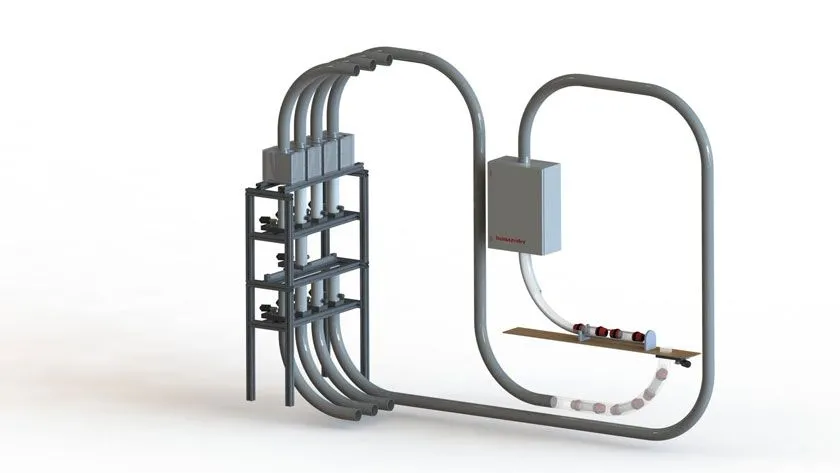
Laboratory Lines
Since capsules are usually shipped and received with very high frequency in the laboratory, transporting these capsules quickly is of great importance. A unique multifaceted shipping line, directly connected to the distributor, allows the continuous transport of capsules to and from the laboratory, saving both time and space. Instead of accumulating in the laboratory, empty capsules are quickly transported to the distributor. From there, they are automatically sent to your home without manually entering an address. Incoming capsules are slowed gently and slide along a track.Special Requirements
A wide variety of hardware and software settings enable the delivery of critical goods such as blood samples, tissue samples or cytostatic agents. Each of these items has its unique requirements during transport. Blood samples should be sent with as little chance of vibration as possible and at a slow speed to avoid hemolysis. Modern frequency transformer control allows the transport speed to be dynamically reduced from 6 m/s to about three m/s. Emergency goods such as tissue samples are prioritized in the system so they reach their destination as quickly as possible and without delay. Cytostatics or morphine require a high level of security, which is given, for example, by authorization systems and lockable baskets.HARDWARE PRODUCTS
BLOWER WITH CONTROLLER & POWER SUPPLY:
- The turbine generates the necessary air current.
- The reversing unit changes the direction of air suction pressure, without changing the turbine direction.
- Controller Controls the turbine and the reversing unit
- Switches from pressure to suction and vice versa
- Power supply 230V AC, power consumption: 120VA
- Nominal output voltage: 32V DC, smoothed, not regulated
- Voltage adjustment is possible through 3 transformer outputs
- Output current: max. 4A
LAB RECEVING STATION
- Station serves only as receiver
- Ejecting of several carriers at the same time
- Metal housing in RAL7035
- Compact design
- Additional chute for mild reception is also appropriate for the receiving of blood test
COMPACT END STATION
- Carriers can be sent and received
- Metal housing in RAL7035
- Sending automatically or by confirming the start button
- Pneumatic brake
- Open sending storage
- LCD graphic display
- Space-saving design.
END STATION
- Carriers can be sent and received
- Receiving from above
- Sending automatically or by confirming the start button
- Pneumatic brake
- Metal housing in RAL7035
- Open sending storage for one carrier
- LCD graphic display
DIVERTER
- Metal housing in RAL7035
- Distribution of the driving tube in 3 directions
- Vertical or horizontal installation method
- Adjustable base position
- Sealing ensures quiet and safe movements
PASSSING THROUGHT STATION
- Carriers can be sent, received and pass through
- Receiving from above or below
- Sending automatically or by confi rming the start button
- Pneumatic brake
- No air outlet from the station
- Metal housing in RAL7035
- Open sending storage for one carrier
- LCD graphic display
COMPACT CENTRAL TRANSFER UNIT
- Connect Upto 4 Lines Together
- Integrated Carrierstorage
- Space-saving design
- No Additional Control Cabinet Required
SOFTWARE DETAILS
MC 2000
- Visualisation & Configuration
- Fire Alarm Contact
- History And Evaluation
- Identification System
- Remote Maintenance
- Speed Adjustment
- E-Mail, SMS or Phone Notification
- Pipeids – Browserbased Carrier Tracking
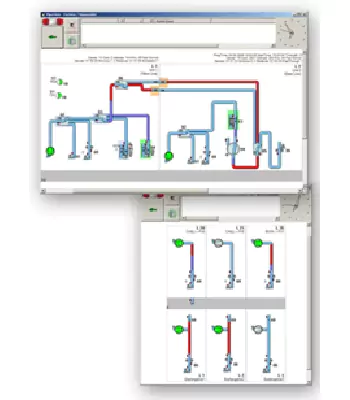
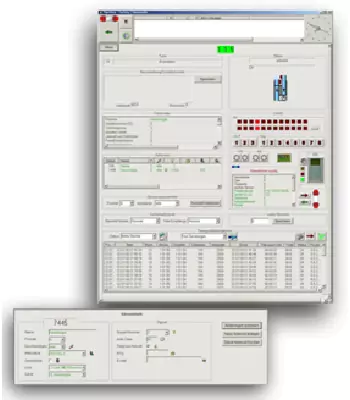
CARRIER ACCESSORIES
Slide lid PTS Carrier
- Easy-opening swing-lid carrier with a large loading and unloading area. Carrier can be opened in both directions.
- A variety of goods from documents to industrial parts can be transported.
- The carriers are available in 2 different standard lengths and in different
